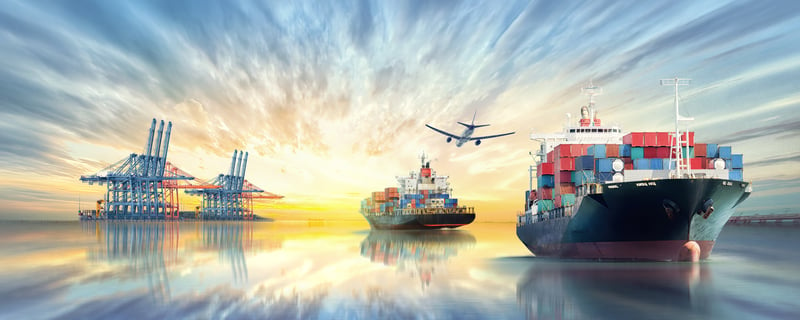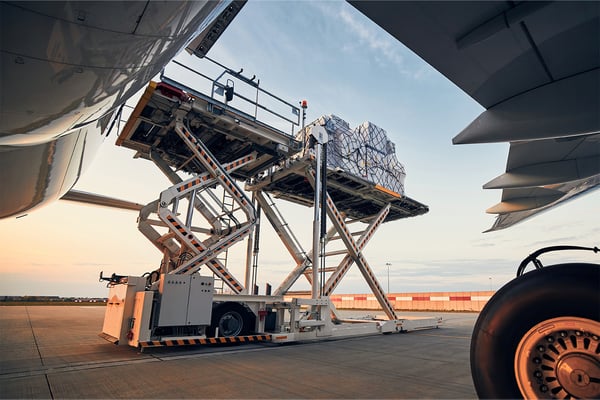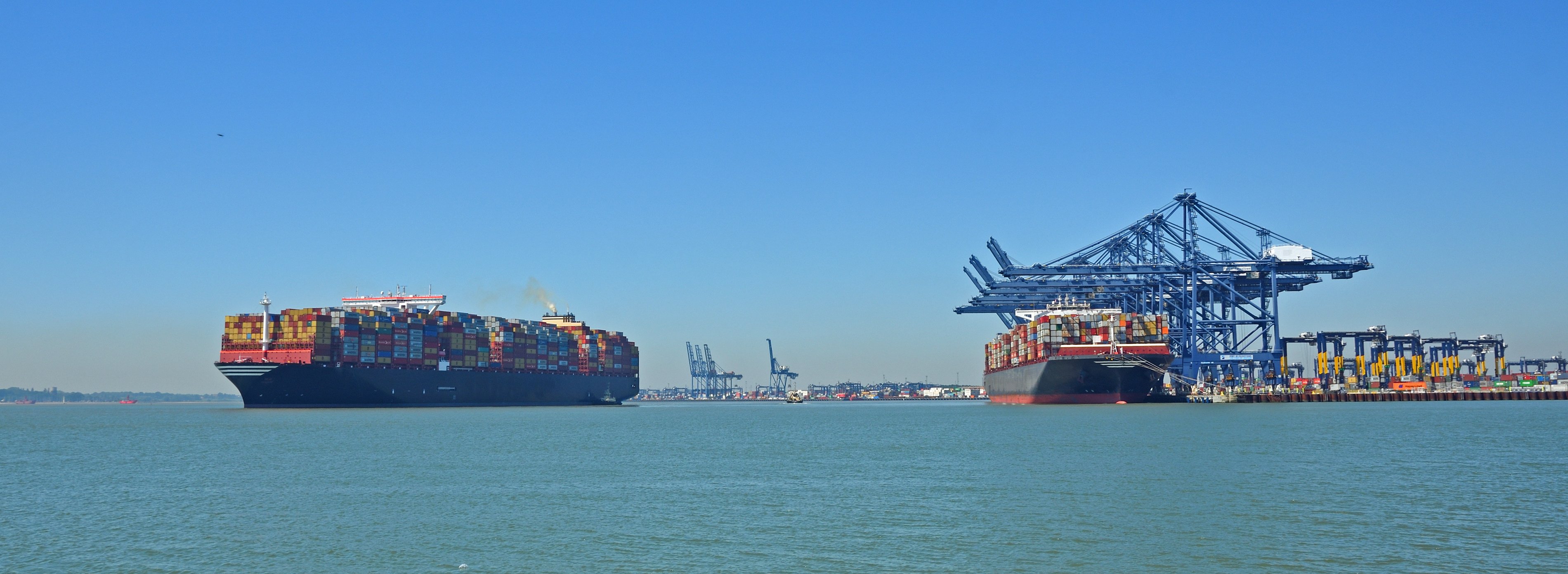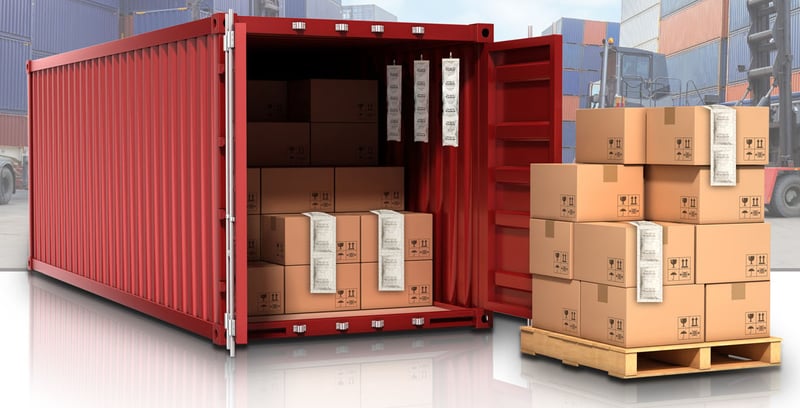Cost, Shipping, Carbon Footprint and more.
What is the right fit for you?
The differences between air and sea freight are seemingly apparent, but when you take a closer look, there is much more to it than meets the eye.

When looking into deciding between air and sea freight, it is essential to consider questions such as:
- What method of transportation is more likely to protect my perishable goods?
- How soon is my cargo required to get to its final destination?
- In what way will price impact my decision, in regard to speed, convenience and cargo safety?
So, how do you choose which mode of transportation is optimal for your shipment?
When shipping perishables overseas, the choice of whether to invest in sea or air freight often depends on a few key factors, including:
- Distance
- Type of cargo
- Time sensitivity
- Cost
- Cargo safety
- Accessibility
Air Freight:

Shipping by air often makes a lot of sense. It may cost more, but your goods will arrive within days rather than weeks.
Currently, air freight prices are much more expensive than normal due to a range of factors, largely due to the Covid19 pandemic, including sea and air cargo capacity available globally, the higher fuel costs, and supply chain disruptions caused by Covid19 restrictions in China and other countries, and the war in Ukraine forcing airlines to fly further to avoid Russian and Ukrainian air space.. Nevertheless, airlines are flying, and passenger aircraft are a key part of providing air cargo capacity alongside the dedicated freighter aircraft which are increasing in numbers in response to demand.
So, if transit time is a key playing factor within your business, air freight is likely your way to go.
Even if it involves a few trans-shipments, an air freight shipment will arrive at the destination ahead of a sea freight. Air freight can export or import cargo anywhere and is currently the quickest mode of transportation. Benefits can include a lower inventory carrying costs and the opportunity to capture market share.
Perishable goods, like flowers and fresh produce, are often carried by air freight due to their short lifespan. However exceptions, like bananas, can travel on ships due to their ripening process.

Pharmaceutical products also tend to be carried by air freight because of their temperature sensitivity, which if not monitored properly, can result in spoilage and potential profit wasted.
This means that these types of perishable goods must be shipped within a certain time frame, with maximum visibility.
Sea freight

Sea freight can also be a favored mode of transportation due to it being less expensive than moving products by air.
If time is not an essential factor in your business, ocean freight can often be the obvious choice.
Though it can be difficult to predict and control the timeline due to circumstances like congestion at ports (which can lead to delays), the environmental impact of air freight is massive in comparison with sea freight.
Air freight has a much higher carbon footprint – a definite disadvantage for the environment, whilst sea freight provides the most carbon-efficient mode of transportation and produces fewer grams of exhaust gas emissions for each ton of cargo transported than any other shipment method.

Smaller shipments can be grouped together with other cargo to fill a container, allowing for cost-sharing of the transportation services whilst larger cargo can fill one or more containers, offering shippers unmatched bulk options. Vessels are often said to be the ideal way to transport high volumes of cargo as they are designed to carry large amounts of goods or raw materials.
Not to mention, ships are able to carry hazardous materials and dangerous cargo safely.
The industry is well-versed in the handling of such goods and has regulations in place to ensure the safety of the cargo and environment.
As marine and maritime safety increases, cargo loss is continually dropping, and has reduced significantly in the past decade. Containers are designed to be sealed and locked during transportation for extra security.
The debate between ocean and air freight is never-ending as whilst air freight is time saving, ocean freight is economical.
Depending on the timescale on when a consignment should reach your final destination port, the mode of transport should be chosen accordingly.
There are both pros and cons to each argument, but it is highly dependent on where your business currently places itself.
Both options are great for cargo transportation, and we are in favour of either.
Get in contact and let us know your thoughts.

